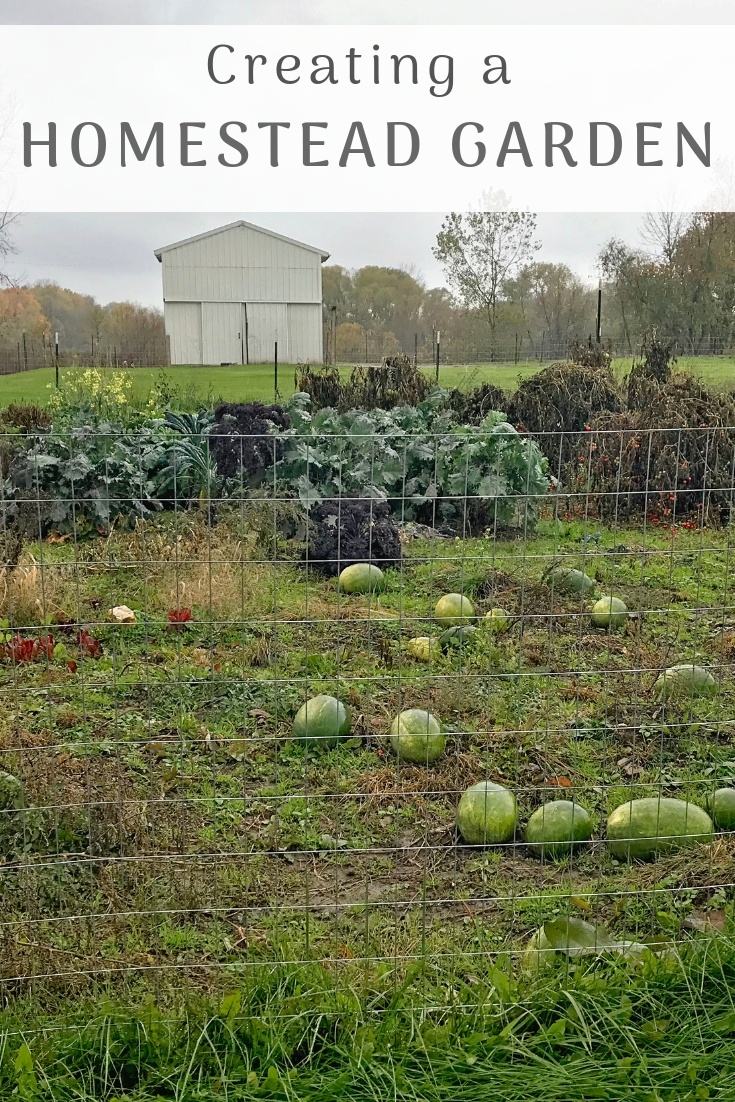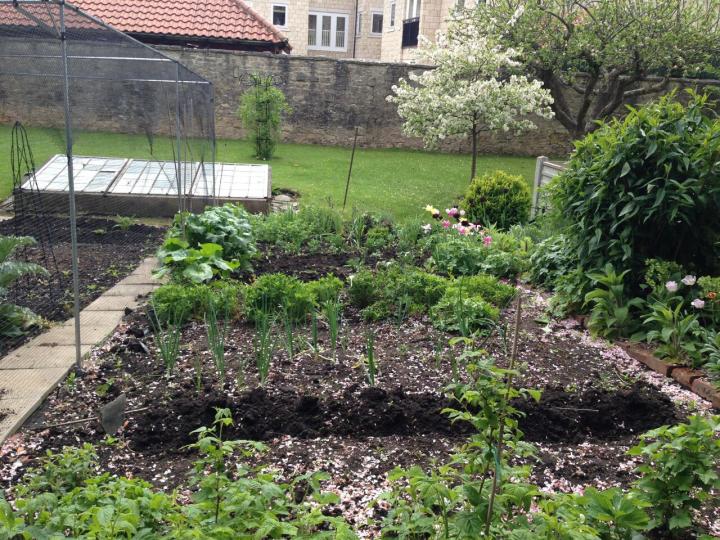Learn Just How to Grow a Prospering Gardening Environment for All Skill Degrees
Creating a flourishing garden is a multifaceted endeavor that can be welcomed by people at any kind of ability level. By examining vital parts such as soil health and wellness, suitable plant selection, and seasonal treatment routines, one can develop a lasting gardening practice that generates gratifying results. Understanding just how to analyze and boost your garden space lays the foundation for success. The details of carrying out these concepts commonly present challenges that can hinder also the most passionate beginner. What approaches can be used to overcome these challenges and foster an absolutely flourishing setting?
Recognizing Your Garden Room
In the world of gardening, understanding your garden space is vital to growing a thriving landscape (Homestead Gardening). The initial step in this undertaking involves evaluating the certain features of your story. Factors such as soil structure, sunshine direct exposure, and water drainage play crucial functions in figuring out the viability of your yard for numerous sorts of plants
Begin by conducting a soil test to evaluate pH levels and nutrition material, which will certainly notify any type of needed modifications. In addition, observe just how much sunshine your room obtains throughout the day. Various plants have differing light demands; some grow completely sunlight, while others like partial or complete shade.

Lastly, review the readily available room and strategy as necessary. This includes considering plant elevations and spread out to make sure adequate area for development without overcrowding. By acquiring a comprehensive understanding of your yard room, you set the foundation for an effective horticulture experience.
Choosing the Right Plants
Picking the right plants for your yard requires mindful factor to consider of different elements, including environment, dirt conditions, and individual preferences. Beginning by analyzing your regional climate, as details plants flourish particularly temperature ranges and weather condition patterns. Tropical plants might not survive in cooler regions, while durable perennials can endure rough wintertimes.

Consider your individual preferences, consisting of aesthetic allure and maintenance levels. Determine whether you choose vivid flowers, rich foliage, or edible crops. In addition, element in the moment and initiative you want to buy plant care, as some ranges require more interest than others.
Last but not least, think concerning the yard's layout and light direct exposure. Sunshine patterns throughout the day will influence your selections-- some plants need complete sun, while others prosper in color. By thoughtfully assessing these aspects, you can develop a unified and productive yard customized to your environment and tastes.
Necessary Horticulture Devices
A well-equipped gardener can dramatically boost their horticulture experience and outcomes. Important gardening tools are basic to growing an effective yard, regardless of ability level. A sturdy spade is vital for excavating and turning soil, while a trowel allows for precise planting and hair transplanting of smaller sized plants.
Trimming shears are crucial for click here to find out more preserving plant wellness by removing disordered or dead branches, advertising better air flow and growth. In addition, a hand rake is helpful for getting rid of debris and aerating the soil, guaranteeing optimal problems for plant origins.
Gardening gloves shield hands from chemicals, thorns, and sores, making them an essential device. A watering can or tube with a flexible nozzle makes certain that plants obtain ample wetness without overwatering.
Finally, consider purchasing a strong wheelbarrow for delivering soil, plants, and tools around the yard efficiently. By assembling a top quality toolkit that includes these essential things, gardeners can take on different tasks with self-confidence and simplicity, leading the way for a thriving horticulture environment. Keep in mind, the right tools not only boost effectiveness yet likewise boost the overall pleasure of the horticulture process.
Dirt Prep Work and Maintenance
Quality dirt is the structure of a successful yard, making proper prep work and upkeep vital for healthy plant growth. The initial step in dirt prep work involves checking its pH and nutrient degrees. This can be accomplished with dirt testing sets readily available at gardening centers or via professional services. Based upon the test results, changes can be made to maximize dirt conditions for certain plant demands.
Including natural matter, such as compost or well-rotted manure, is vital for enhancing soil structure and fertility. This not just boosts vitamins and mineral schedule yet likewise promotes valuable microbial activity. Furthermore, proper drainage is vital; hefty clay soils might need the addition of sand or perlite to improve oygenation.
Routine upkeep of dirt health consists of mulching, which saves moisture and subdues weeds. Additionally, turning plants every year helps protect against nutrient exhaustion and decreases pest and illness risks. It is also crucial to avoid over-tilling, which can interrupt dirt structure and damage advantageous microorganisms.
Ultimately, a constant dedication to soil preparation and upkeep will certainly result in a growing yard, guaranteeing that plants obtain the vital nutrients they require for robust growth and efficiency.
Seasonal Treatment and Management

In springtime, focus on growing brand-new seeds and plants, while additionally carrying out dirt tests to modify nutrient deficiencies. Consistently inspect for parasites and diseases, as these can proliferate with the warming weather. Summer season demands regular watering and mulching to maintain dampness, along with pruning for better air flow.
As autumn methods, it's time to prepare the garden for dormancy. This includes gathering crops, tidying up particles, and applying a layer of mulch to secure plant roots from frost. Consider planting cover crops to improve the soil during the cold weather.
Lastly, wintertime treatment is essential. Examine structures like greenhouses for damages click site and make certain proper insulation for sensitive plants. Consistently monitor for insects that may look for haven inside. By adjusting your gardening practices to the seasonal cycles, you can foster a growing atmosphere that sustains plant health and wellness year-round.
Conclusion
To conclude, cultivating a successful site here garden calls for a comprehensive understanding of essential principles such as dirt make-up, sunshine direct exposure, and proper plant choice. Carrying out efficient soil preparation and upkeep strategies, in addition to utilizing the right devices, cultivates an ideal growing environment. Regular seasonal treatment and monitoring methods even more enhance plant health and performance. By sticking to these foundational standards, people whatsoever skill degrees can accomplish a growing garden that adds to both visual enjoyment and ecological sustainability.
Picking the right plants for your garden calls for careful factor to consider of different factors, consisting of climate, soil problems, and personal choices. Conduct a dirt test to identify pH levels and nutrition content, which will certainly direct you in selecting plants that will certainly flourish in your garden.Last but not least, consider investing in a tough wheelbarrow for carrying soil, plants, and devices around the yard effectively.Quality dirt is the foundation of a successful yard, making proper preparation and upkeep essential for healthy and balanced plant development. Homestead Gardening.In conclusion, growing an effective garden needs a thorough understanding of important concepts such as soil structure, sunshine direct exposure, and appropriate plant choice